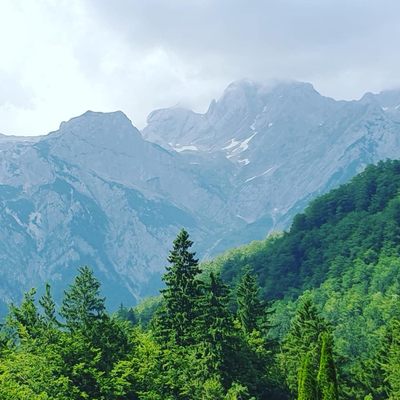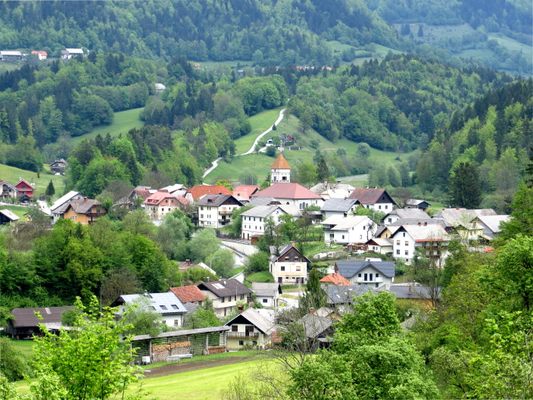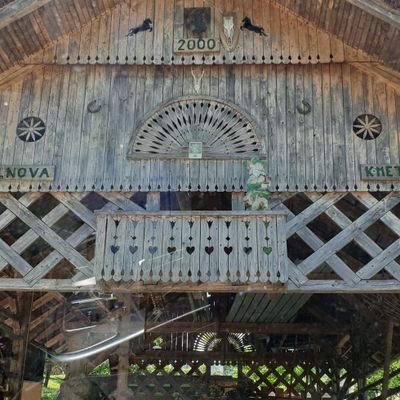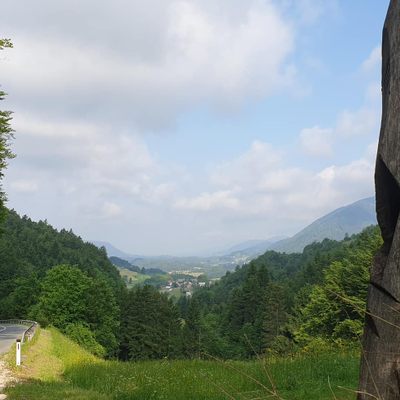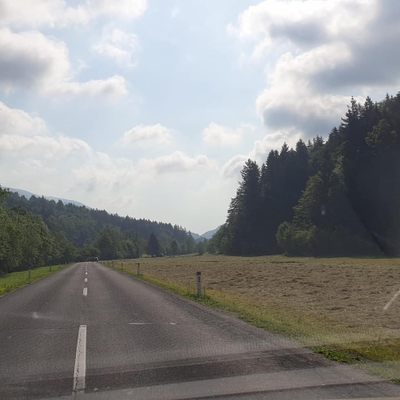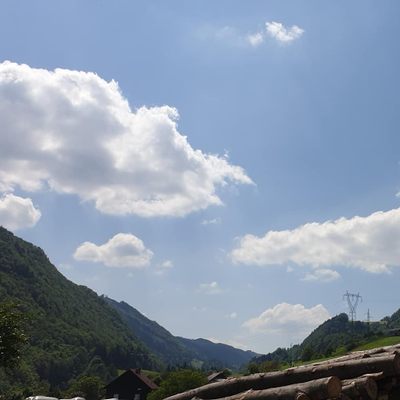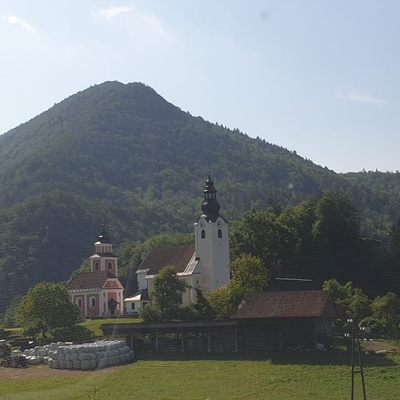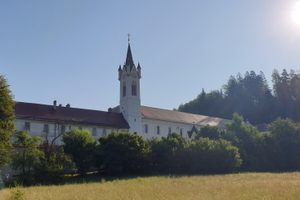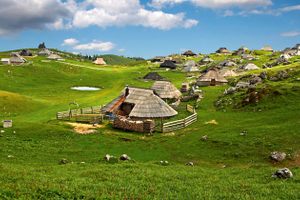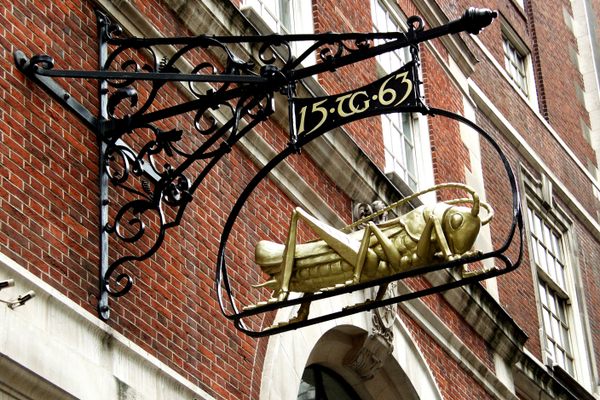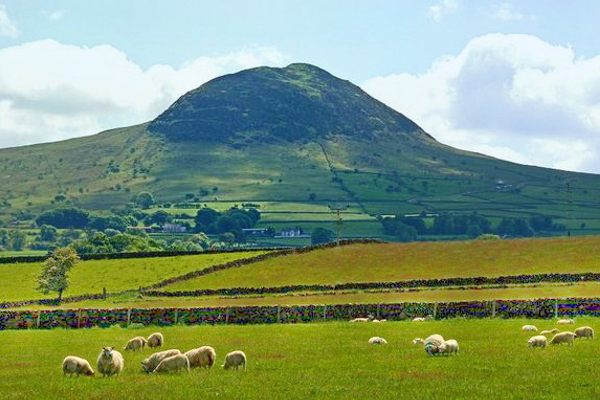About
For many centuries, cities and town have lit huge bonfires atop mountains or other high points to warn against impending danger. The first fire lit would alert the next beacon, creating a chain reaction at the first sign of trouble. This ancient relay system was at play in 1471 when a raiding party of the Ottoman Turkish army made a foray into the Tuhinj Valley in what was then part of the Habsburg Empire, and is now in northern Slovenia.
As the invaders approached the town of Kamnik from the south, the first beacon would have been ignited at Stari Grad, the castle on a high cliff above the town. Further bonfires would have ricocheted along the Tuhinj Valley, running eastward, flames coursing into the sky from hilltop to hilltop. Bonfire watchtowers were set up at Posavje, Sveta Gora, Limbarska Gora, Sveti Miklavž, and Menina Planina, warning the settlements several miles further on of the coming danger.
There was little the locals could do. There were castles but no standing army, and the Turkish raiders moved swiftly. Thankfully for Slovenia, the territory was deemed too poor, too far from Istanbul, and too close to the strongholds of Venice and Vienna for the Turks to focus their attention there for long. So Slovenia avoided the might of the army proper, evading the fate of Serbia and Bosnia, and instead had to deal with periodic, smaller-scale incursions that were, nonetheless, terrifying.
When the bonfires were spotted, the locals would rush to their churches, many of which were built with fortifications designed to withstand such raids. The citizens would bundle into the church, lock the gates, defend the walls, and pray fiercely. Sometimes this worked, other times not, but all in all, Slovenia got off lightly in terms of enemy armies over the past thousand or so years.
A beautiful short drive now follows the exact path of those marauding Turks back in 1471, as it carves through the lovely Tuhinj Valley (pronounced “too-heen”). The valley, called "Tuhinjska Dolina" in Slovenian, is cut through with a road linking Kamnik and Vransko. Taking a half-hour to drive without stops, the route passes an endless array of heavenly vistas, swaths of farmland, "kozolci" (a unique Slovenian hay rack), fortified churches, clustered villages, some good home-cooking country inns, and even a thermal spa.
While the Turks made their way from wealthy Kamnik on east through the valley towards Vransko, and you could certainly drive that direction, many suggest the ideal path is the other way, especially if you’re a motorbike enthusiast. The reason is that the town of Vransko has—wait for it—the Slovenian Motorcycle Museum, home to a large and impressive private collection. As you head on into the valley, you can wind your way to Motnik, a village crowned with an enormous church and ringed with fields of grazing cows. In Laze v Tuhinju you can stop at the Meninc Farm, where farmer Frenk brews his own beer (as microbrew as it can get) using his own hops (he grows the "styriaca" variety, indigenous to Slovenia).
In the village of Šmartno, which is actually a conglomeration of 13 different villages, the church of Saint Martin stands as the first church in Slovenia consecrated after the Second World War. In the village of Gora, you can visit one of the fortified anti-Turkish churches, Sveti Miklavž. It includes a pair of defensive towers and a “black kitchen,” a medieval kitchen still in use and blackened with smoke over the centuries (you leave smelling like bacon, in a good way).
The main attraction in the valley is the thermal spa, Snovik. The highest-altitude spa in the country, it hosts tens of thousands of guests a year, who come from around the world to relax and bathe in the natural waters that emerge from an aquifer 120 meters beneath the earth and stay a delightful 30 degrees Celsius.
There are good eats along the way, too. The down-home Pri Čibru serves enormous portions of cutlets, roasts, schnitzel, potatoes and more. For more refined fare, try Repnik, near Kamnik. There you can sample some of the hyper-local dishes specific to the Tuhinj Valley, especially Tuhinjska fila (Tuhinj Stuffing), which consists of bread, whipped egg whites, egg yolks, and either sweetmeats (if you’re going traditional) or smoked pork neck. It’s like the best stuffing you’ve ever had crossed with an omelet. You want to try this.
On your arrival in Kamnik, you can enjoy the liveliness of a larger town, visit its three castles (including Stari Grad, where the beacon bonfire was first lit), sample its many microbrews (it is a candidate for microbrew capital of the world, for the most microbrew beers per capita), and spend the night. For home cooking, there is the Yugoslav retro Gostilna Murka, which is conveniently located a few hundred feet from Samostan Mekinje Monastery, where those pesky Turks, back in 1471, pillaged and ran off with the nuns in residence.
Related Tags
Know Before You Go
If you want to spend the night in this area, you can sleep at Snovik, a significant thermal spa resort, where the above address and map coordinates point to. You could also enjoy a night in the medieval monastery in Kamnik, at Samostan Mekinje Monastery, where former monastic cells have been spruced up into hostel-style rooms at very cheap rates.
To visit any of the beautiful churches along the Tuhinj Valley, you normally need to call ahead, or stop at the Tourist Information Center in Kamnik, or at the front desk at Snovik, and ask them to call for you. There are special tours available, often for free, and various local events and experiences can be arranged--from wine and beer tastings to massages to hikes--with a bit of advanced notice.
Forest to Table in Alpine Slovenia
A Forest-to-Table Gastronomy Adventure in Slovenia.
Book NowPublished
August 7, 2019


